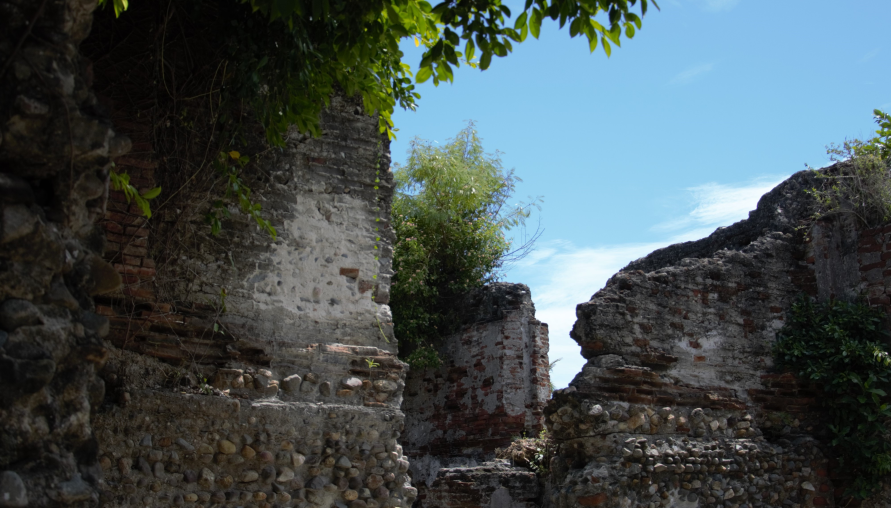Tucked along the northeastern coast of Cagayan lies the quiet fishing town of Buguey, often called the “Crab Capital of the North.” With its sprawling mangrove forests, fertile fishing grounds, and rich cultural traditions, Buguey has grown from a humble settlement into one of the most distinctive coastal towns in Northern Luzon.
The Origin of the Name
The name Buguey comes from the local Ibanag word “bugay” which means shipwreck. Oral traditions tell of an old Spanish galleon that was wrecked along the town’s shoreline during the early colonial period. The incident left such a lasting impression on the local people that the place came to be called Bugay, which later evolved into Buguey.
Early Beginnings
Buguey was once part of the larger neighboring settlements of Camalaniugan and Gonzaga. In its early days, the community thrived on fishing, farming, and barter trade with nearby coastal towns. Its location along the Babuyan Channel made it both vulnerable to natural forces and fortunate for abundant marine life.
By the 17th and 18th centuries, Buguey had become a small but organized settlement under Spanish rule. Catholic missionaries introduced Christianity, building churches and chapels that remain significant landmarks of faith in the area today.
The Crab Capital of the North
Buguey’s coastal waters and mangrove ecosystems have long been teeming with crabs, fish, and other seafood. Over time, the town earned its reputation as the Crab Capital of the North, supplying not only local markets but also other parts of the country with its famous alimasag (blue crabs). The annual Crab Festival celebrates this heritage with street dancing, culinary showcases, and cultural performances.
Wartime and Resilience
Like many towns in Cagayan, Buguey was not spared during the Second World War. Japanese forces occupied the area, and residents endured hardship while resisting quietly through community solidarity. After the war, Buguey rebuilt itself slowly, relying again on the sea and farmlands for survival.
Buguey Today
Now a 3rd class municipality with more than 30 barangays, Buguey is led by local officials who continue to promote its fishing and agricultural industries while preserving its natural environment. The town is also becoming more visible for eco-tourism, with its mangrove forests, coastal areas, and heritage sites attracting visitors interested in nature and culture.
Buguey’s story is one of resilience, abundance, and identity. From a shipwreck that gave the town its name, to its rise as a seafood capital, Buguey continues to sail through history with pride in its roots and hope for its future.

